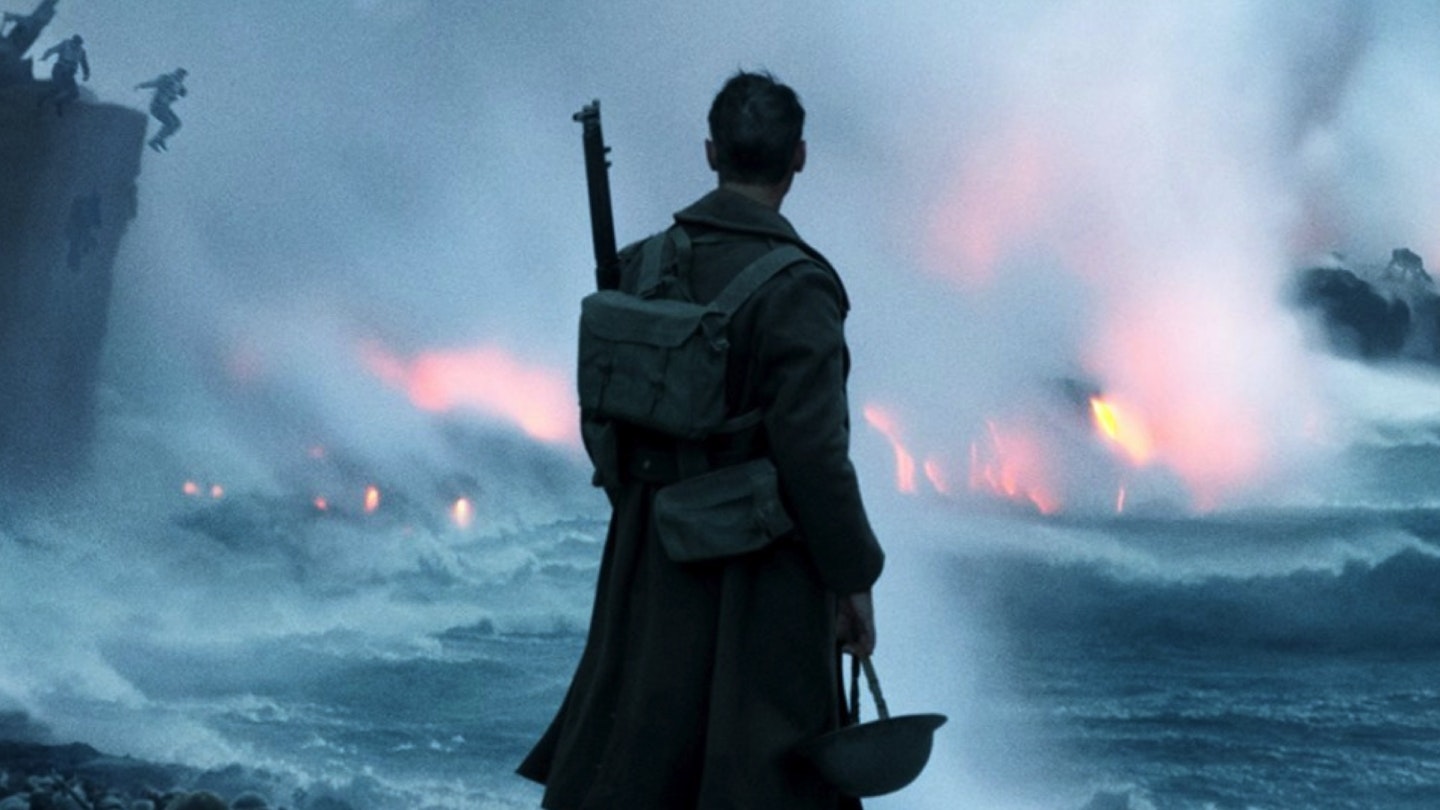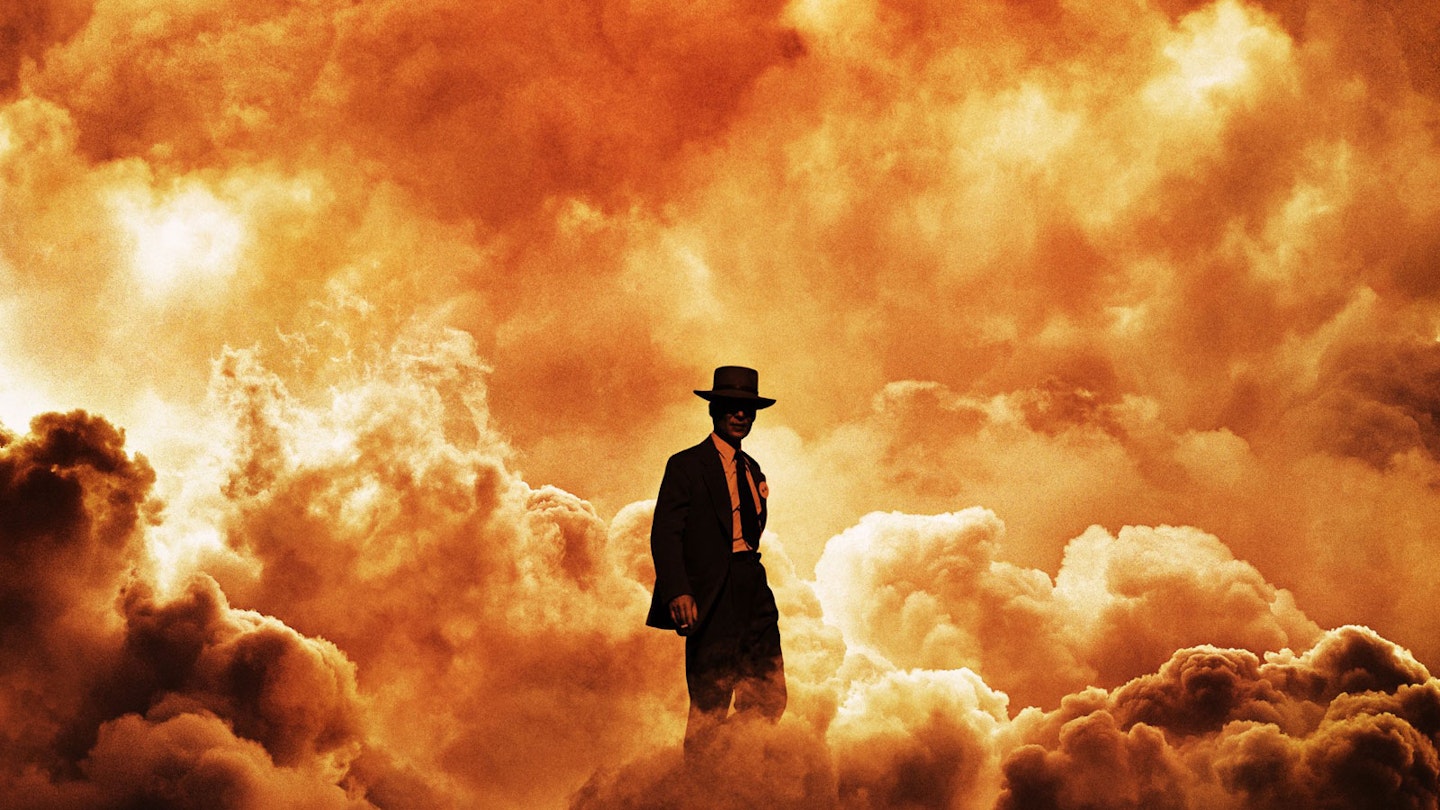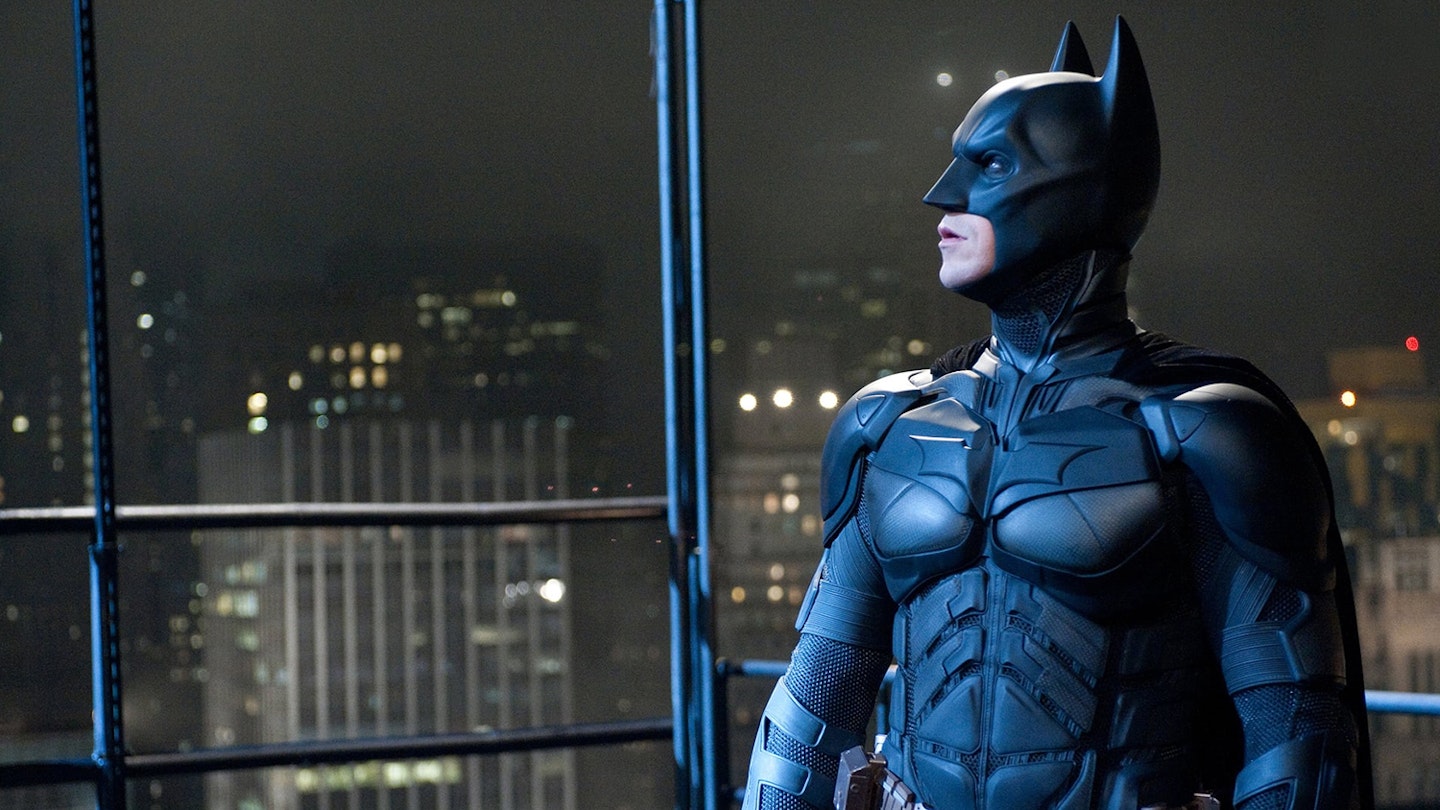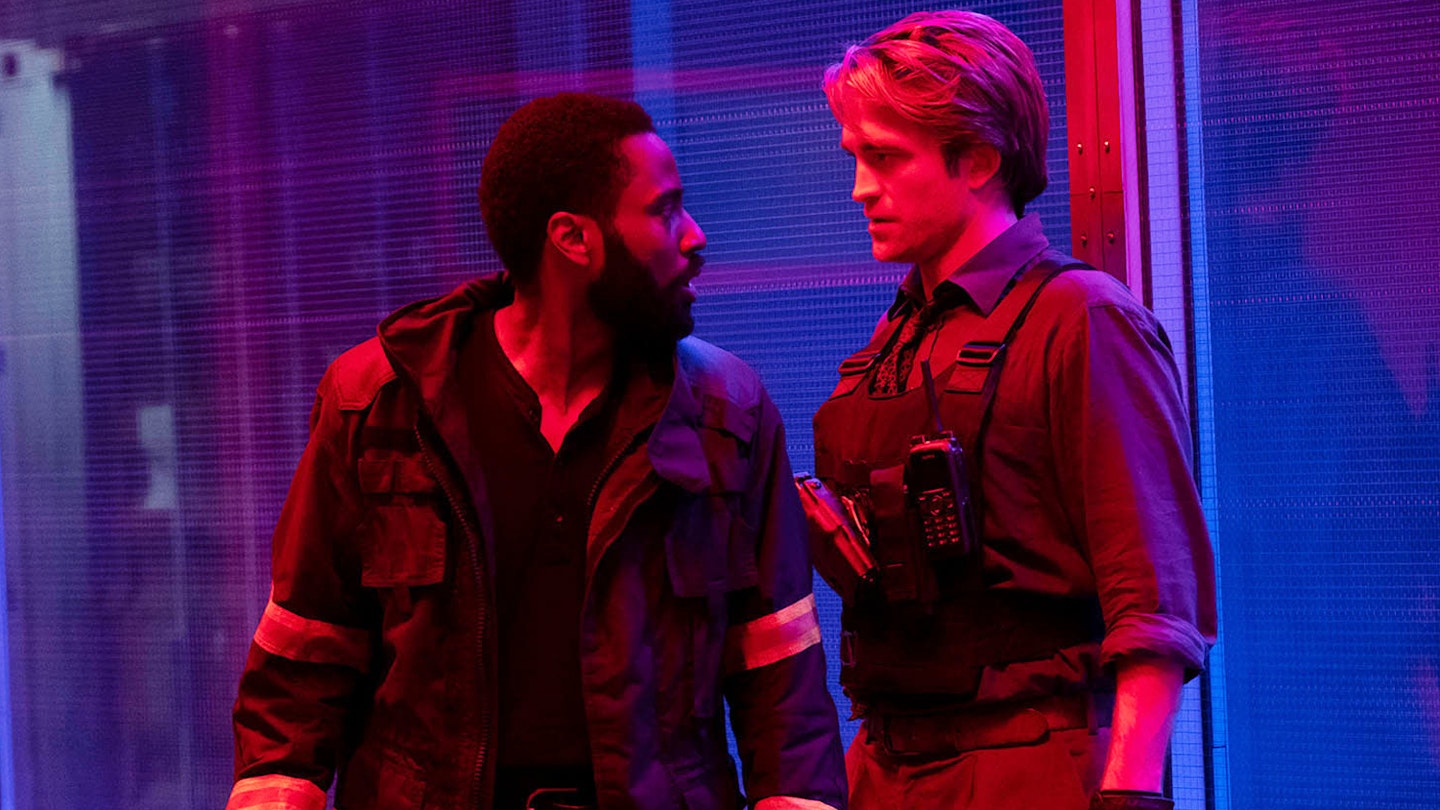Christopher Nolan’s new film may be his The Longest Day, but it’s very close to being his shortest film. In fact, at a mere 106 minutes, Dunkirk is the first Nolan movie to dip beneath two hours since Insomnia, and is only undercut by his micro-budget 1998 debut Following. But discard any suspicions that may prompt about scaling down of ambition. Effectively one enormous, stunningly rendered and thunderously intense set-piece stretched to feature-length, Dunkirk thrusts you into a pressure cooker and slams the lid on. It doesn’t have anything like the gore of Saving Private Ryan, but that doesn’t lessen its power. In fact, there’s a very good reason it doesn’t have a more fulsome runtime: audiences would likely have staggered out with PTSD.
Watch the trailer below
The scenario is simple — hellishly so. Eight months into World War II, following a series of setbacks, roughly 400,000 British troops find themselves stranded on the shores of Northern France. Behind them, Nazis are closing in. Bombs fall from Stukas in the sky, torpedoes whizz in from U-boats in the sea. And ahead lie 39 nautical miles of grey, churning water separating the soldiers from home, with nary a boat to come to their rescue. In glib movie-pitch terms, it’s reverse D-Day, or Helm’s Deep with seashells.
While there is a high-ranking naval officer on hand (Kenneth Branagh) to play Admiral Exposition, filling in the big picture while surveying the nightmare from a pier, Nolan doesn’t bombard us with information. He knows it’s more powerful to sell the hopelessness of the wind-blasted beach with a stark, simple image, such as the moment in which a Tommy simply gives up and wades into the water. Dunkirk is first and foremost a mood-piece, and a hugely effective one. It doesn’t hurt that Hans Zimmer is on ferocious form, his score by turns throbbing like a heart and ticking like an angry stopwatch, so nerve-wracking that at times it feels like an additional enemy front.
But if the movie’s set-up is basic, its structure is anything but. No filmmaker is as fascinated by time as Nolan, or as deft at playing with it, and here he applies the temporal tricksiness he pioneered with Inception, intercutting three timelines that move at different speeds. So we follow wan young soldier Tommy (Fionn Whitehead) on the land for a week, plucky Ramsgate yachter Dawson (Mark Rylance) on the sea for a day, and stoic RAF pilot Farrier (Tom Hardy) in the sky for an hour. The result, as the crisis hurtles towards its climax and the trio of perspectives converge (and overtake each other), is meticulous and mesmerising. And, in the case of a sequence which cuts between two characters trying not to drown, almost unbearably stressful. There have been many World War II epics — there’s even been one called Dunkirk before, made in 1958 and starring John Mills as Corporal ‘Tubby’ Binns — but there’s never been one like this.
There have been many World War II epics — but there’s never been one like this.
Another point of differentiation: there’s little emphasis on derring-do. Rather than heroics, Nolan is concerned with what men can endure. Dunkirk is a study of people under immense pressure, from Rylance’s civilian-on-a-rescue-mission (call him the FBG — Friendly Boat Guy) to Cillian Murphy’s traumatised wreck-survivor (credited only as ‘Shivering Soldier’) to Harry Styles’ bolshy infantry grunt (an impressive debut performance, and definitely not the Rihanna-in-Battleship debacle you may have feared). At this darkest of hours, some of them crack; others hold firm. But all of the arcs are effectively underplayed, with muted performances, no big speeches and, in the case of Tommy, the terrified audience surrogate, almost no talking at all. It could be argued the characters are too thin, but at least there’s none of the melodrama of, say, Titanic or Pearl Harbor, two other epics based on real-life disasters. If anything, Dunkirk hews towards the arthouse, with the melancholy, spume-flecked tableaux it lingers on beautifully photographed by Interstellar DP Hoyte Van Hoytema.
Where it does deliver on action is in the sky. Today’s audiences have spent decades watching digital dogfights in Star Wars movies, themselves originally inspired by World War II movies such as Twelve O'Clock High. Nolan gets the wow factor back by stripping away the pixels, shooting real Spitfires on real sorties above the real English Channel. The results are incredible, particularly on the vast expanse of an IMAX screen, with the wobbly crates veering and soaring above a mass of blue. As with the men below, the pilots are outnumbered and outgunned, heading into a hopeless situation, but not letting it affect their trajectory. The phrase “Dunkirk spirit” was coined following the events of May 1940, and Dunkirk captures it in spades.








